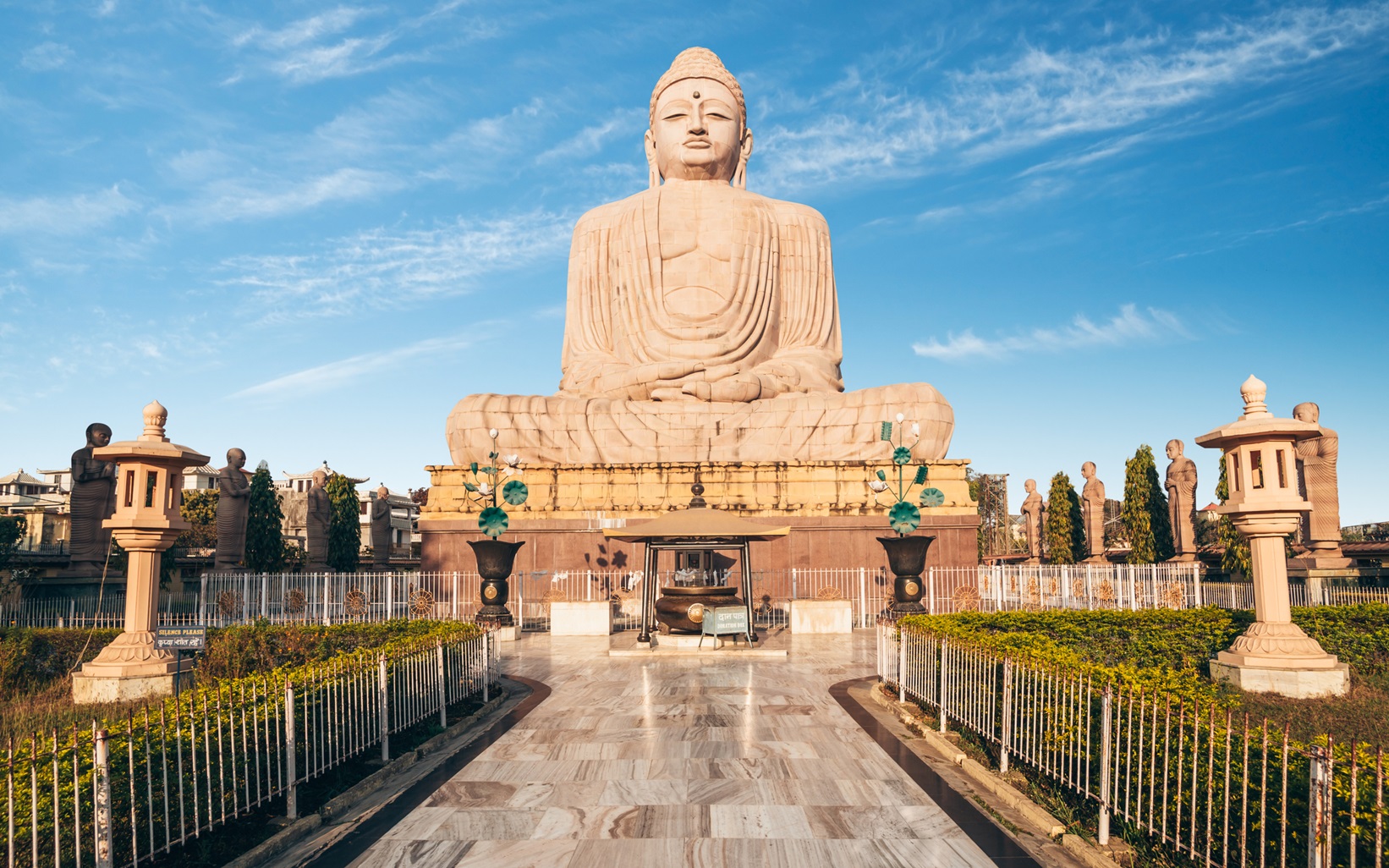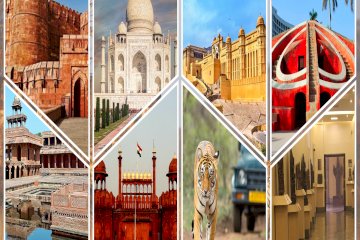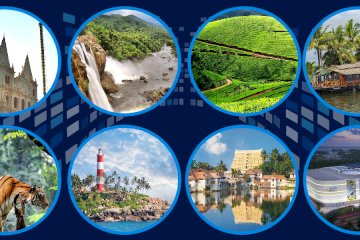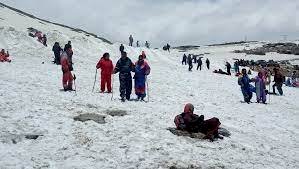In a world bustling with the rhythms of modernity, the 12 days Buddhist Circuit Tour affords a special passage to an technology the place spirituality and records converged to structure the essence of human existence. This amazing voyage navigates via a constellation of sacred destinations, every protecting a integral chapter in the lifestyles and teachings of Siddhartha Gautama, who would later grow to be recognized as Buddha. Shravasti, the metropolis of miracles, resonates with the echoes of Buddha’s discourse and stunning deeds. Lumbini, the revered birthplace of the enlightened one, presents a serene sanctuary to join with his origins. In Kushinagar, the place Buddha attained Mahaparinirvana, a feel of profound serenity envelopes you. Vaishali beckons with its testimonies of historic wisdom, whilst Rajgir cradles the Vulture’s Peak the place Buddha preached pivotal sermons. Bodh Gaya, the epicenter of enlightenment, radiates a transformative strength that awakens your internal self.The religious odyssey leads you to Sarnath, the place the first rays of Buddha’s teachings illuminated the world. The ethereal Taj Mahal in Agra stands as a testomony to artistry and enduring love, while the bustling streets of Delhi encapsulate a brilliant fusion of previous and present.

 Canada
Canada
 Sri Lanka
Sri Lanka




0 reviews for this Tour